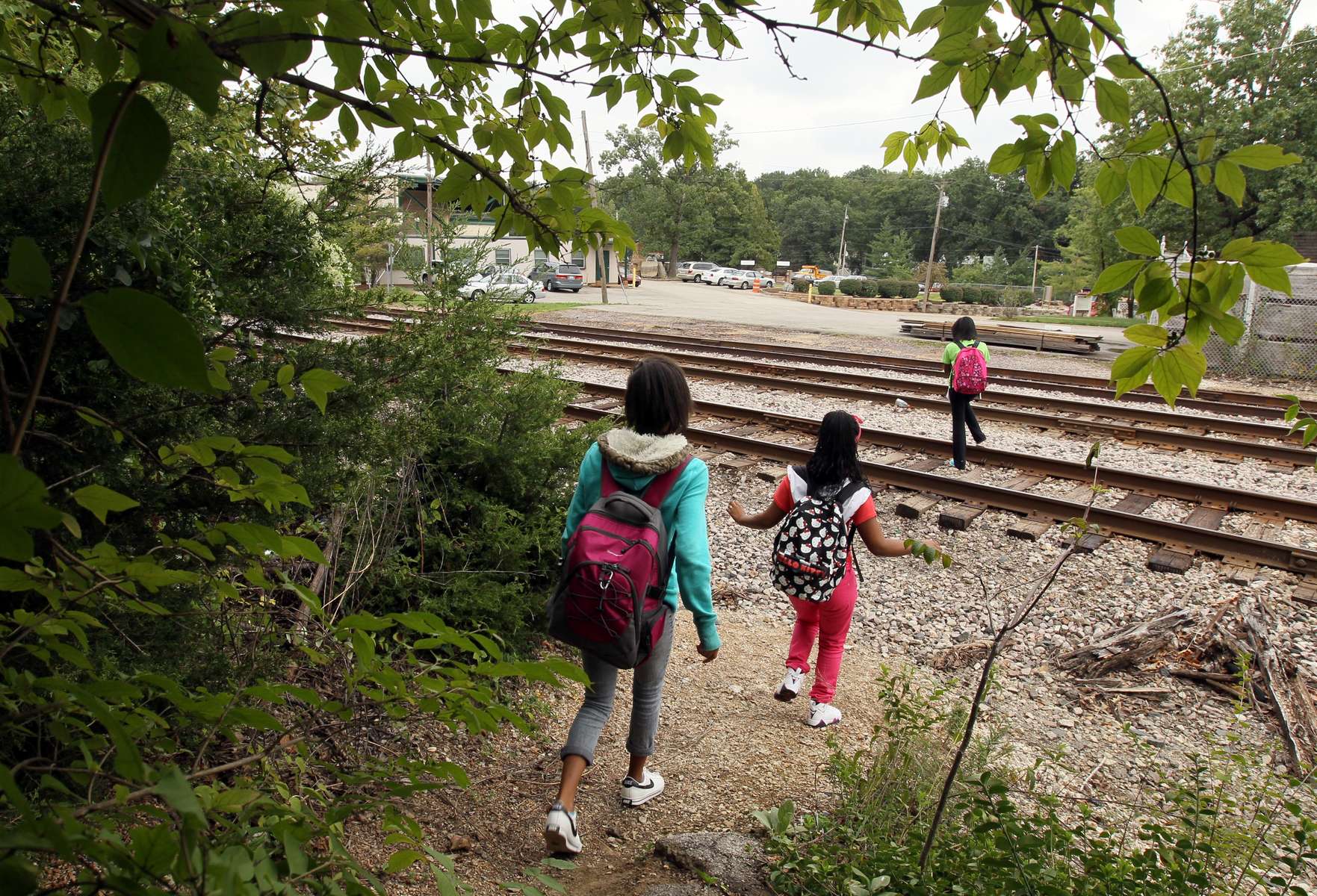North Dakota conditioning rules draw ire of Bakken operators
North Dakota oil and gas operators claim that pending state rules to condition Bakken crude oil before it is shipped by rail could cost them tens of millions of dollars, imperil pipeline and gas gathering infrastructure and create a jurisdictional clash with federal regulators....
... Ron Ness, president of the North Dakota Petroleum Council, said the methods for reaching this 13.7 RVP target "will introduce new risks and unintended consequences to our operations."
These include increased flaring and emissions, overheating of crude oil, increased fire risk, and temperature requirements which could exceed the design specifications of some pipelines, Ness said.
The rules, included in a proposed order, require compliance with a series of temperature and pressure parameters and include third-party testing, separators and emulsion heather-treaters, among other facets....
... North Dakota's Industrial Commission, which includes Governor Jack Dalrymple, Attorney General Wayne Stenehjem and Agriculture Commissioner Doug Goehring, delayed a vote on their proposed order earlier this month in order to allow more time for public comment and technical corrections.
There is no set date for the commission to vote on the order, but it must be approved before December 12 in order to be in place by February 1... read more here

[NY] Enviro Health Group Maps Crude Oil Train Risks To Schools
WAMC By Allison Dunne 11/20/14 with audio link
A public health group has mapped what it calls new risks posed to children who attend schools near crude oil train lines in the Hudson Valley as well as throughout New York. Environmental groups added their voices to the discussion in calling on regulators and the rail industry to take action.Non-profit Albany-based Healthy Schools Network, an advocate for children’s environmental health at schools, Thursday released two interactive maps highlighting schools’ proximity to rail lines that are traversed by trains carrying crude oil. Claire Barnett is Healthy Schools Network executive director.
“So the spike in oil train traffic across the state really represents for us an unexamined and unaddressed risk to children’s health, to their safety, and to the environment,” says Barnett.
The statewide map identifies 351 schools close to both the CSX and Canadian Pacific rail lines, while the Hudson River Valley map, encompassing Department of Environmental Conservation Regions 3 and 4, shows 101 public and private schools, as well as BOCES facilities, between Albany and the New Jersey border, covering five counties..... read more here
No comments:
Post a Comment